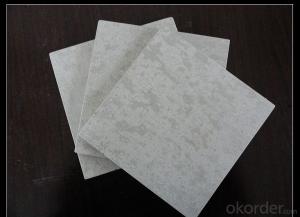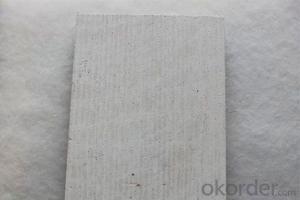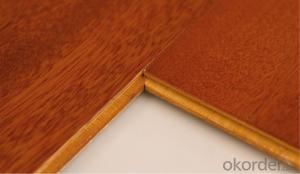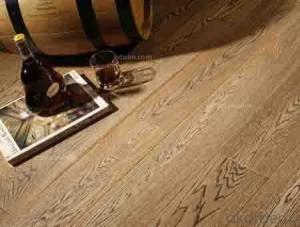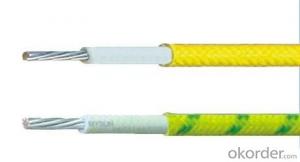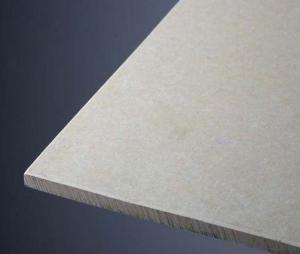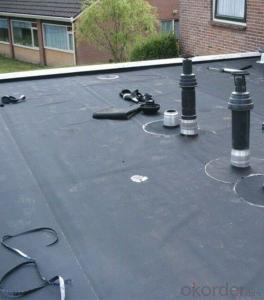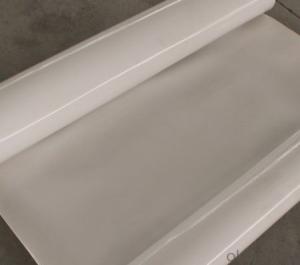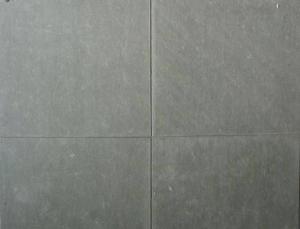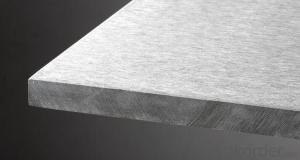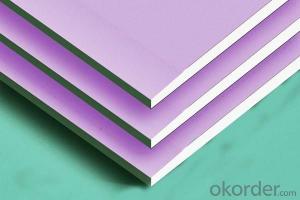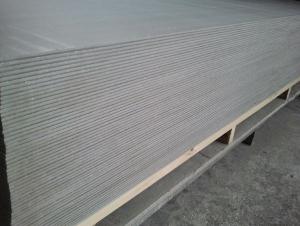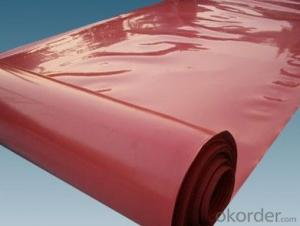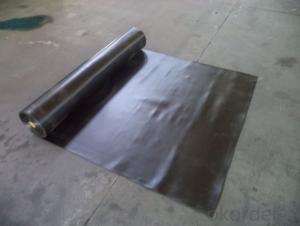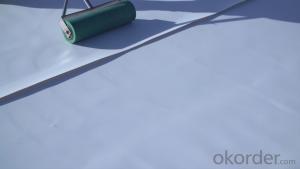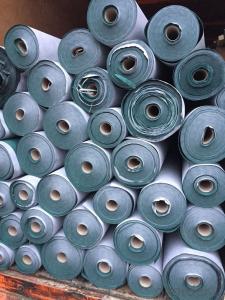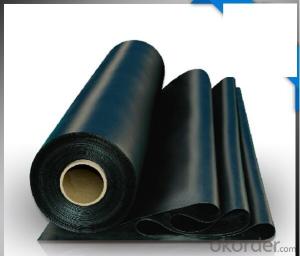Waterproof Membrane For Decks
Waterproof Membrane For Decks Related Searches
Clay Tiles For Roof Stainless Steel Peg Board Stainless Steel Tiles Drop In Ceiling Tiles 2X4 Led Digital Display Board Led Message Display Board Scrolling Led Message Board Pvc Skirting Board Covers 4 Inch Foam Insulation Board 3 Foam Board InsulationHot Searches
Steel Mesh Panels For Sale Price For Stainless Steel Scrap Scrap Price For Stainless Steel Price For Stainless Steel Stainless Steel Plate For Sale Stainless Steel Tank For Sale Stainless Steel Sheets For Sale Cheap High Tea Sets For Sale Stainless Steel Tanks For Sale Stainless Steel For Sale High Density Fiberboard For Sale Solar Hot Water Collectors For Sale Scaffolding For Sale In Uae Scaffolding For Sale In Ireland Scaffolding For Sale In Houston Type Of Inverter For Solar Price Of Shipping Containers For Sale Types Of Inverter For Solar Stock Price For Aluminum Used Foam Board Insulation For SaleWaterproof Membrane For Decks Supplier & Manufacturer from China
Okorder.com is a professional Waterproof Membrane For Decks supplier & manufacturer, offers integrated one-stop services including real-time quoting and online cargo tracking. We are funded by CNBM Group, a Fortune 500 enterprise and the largest Waterproof Membrane For Decks firm in China.Hot Products
FAQ
- Yes, a waterproofing membrane can be used in agricultural structures. Agricultural structures such as barns, greenhouses, and storage facilities often require protection from moisture and water damage. A waterproofing membrane is a durable and flexible material that can be applied to different surfaces such as roofs, walls, and floors to prevent water infiltration. It acts as a barrier, preventing water from seeping into the structure and causing damage to the building materials, equipment, and stored crops. Additionally, a waterproofing membrane can also help regulate the temperature and humidity levels within the agricultural structure, creating a more controlled and optimal environment for crops, livestock, and equipment. Overall, using a waterproofing membrane in agricultural structures can help ensure the longevity and functionality of the building while protecting the valuable assets inside.
- Polyurethane and SBS membrane waterproof
- ?Asphalt waterproof material with natural asphalt, petroleum asphalt and coal asphalt as the main raw material, with good adhesion, plasticity, water resistance, corrosion resistance and durability. Asphalt has been used as a waterproof material for more than 100 years and is widely used in civil engineering. Since the 1930s, oil asphalt gradually replaced the other asphalt, has become the main varieties of asphalt. Asphalt oil felt for the tire waterproofing membrane. At present, the varieties of linoleum oil asphalt felt, coal asphalt felt, glass cloth linoleum, glass fiber mats linoleum and linen linoleum and so on. Some countries also develop heat-resistant linoleum, porous linoleum, hot melt linoleum and low-burned linoleum. Conventional paper tires Asphalt felt is still the main varieties of waterproofing membrane, the bonding material is hot asphalt or in the hot asphalt mixed with inorganic or organic modified materials prepared asphalt glue (Methanol)
- Yes, a waterproofing membrane can be used for a fountain basin. A waterproofing membrane is designed to provide a barrier against water penetration, protecting the underlying structure from moisture damage. Since a fountain basin is constantly exposed to water, using a waterproofing membrane can help prevent leaks and ensure the longevity of the basin. It is important to choose a membrane that is specifically designed for water containment and is able to withstand continuous exposure to water and harsh weather conditions. Additionally, proper installation and maintenance of the membrane are crucial for its effectiveness in keeping the fountain basin waterproof.
- Yes, a waterproofing membrane does require special considerations for installation in high-humidity areas. High humidity can increase the moisture levels in the air, which can affect the performance and effectiveness of the membrane if not properly addressed during installation. Here are some important considerations: 1. Moisture control: In high-humidity areas, it is crucial to control the moisture levels before installing the waterproofing membrane. The surface should be thoroughly dried, and any existing moisture issues or leaks should be addressed and fixed before installation. 2. Vapor barriers: Installing a vapor barrier beneath the waterproofing membrane can help prevent moisture from penetrating through the membrane. This is especially important in high-humidity areas where the moisture levels in the air are consistently high. 3. Proper ventilation: Adequate ventilation is key in high-humidity areas to reduce moisture buildup. Make sure there is proper airflow and ventilation systems in place to promote drying and prevent condensation, which can compromise the integrity of the waterproofing membrane. 4. Waterproofing membrane selection: Not all waterproofing membranes are suitable for high-humidity areas. It is important to choose a membrane that is specifically designed and recommended for such environments. Look for membranes with high moisture resistance and durability. 5. Professional installation: Proper installation is essential for the long-term performance of the waterproofing membrane. In high-humidity areas, it is recommended to hire professional contractors who have experience working in similar conditions and can ensure proper installation techniques are followed. By considering these factors, you can ensure that the waterproofing membrane performs effectively and provides reliable protection against moisture in high-humidity areas.
- Repairing existing water leaks or damage can be achieved by using a waterproofing membrane. These membranes are specifically designed to form a barrier that stops water from penetrating surfaces like roofs, walls, or foundations. When applied to areas where water leaks or damage have occurred, the waterproofing membrane effectively seals off the affected region, preventing further water intrusion. However, it is crucial to understand that the success of the repair relies on the extent of the damage and the quality of the chosen waterproofing membrane. It is highly recommended to seek professional advice to assess the situation and determine the most appropriate course of action for fixing existing water leaks or damage.
- Yes, waterproofing membranes can be used for planter boxes. Waterproofing membranes are designed to prevent water from penetrating surfaces, and can be applied to various materials such as wood, concrete, or metal. By applying a waterproofing membrane to the inside of a planter box, it can help to protect the material from water damage, prolonging the lifespan of the planter box. This is especially beneficial for wooden planter boxes, as the membrane can prevent the wood from rotting or deteriorating over time. Additionally, the waterproofing membrane can help to retain moisture within the planter box, preventing water from seeping out and ensuring that the plants receive sufficient water for healthy growth. Overall, using waterproofing membranes for planter boxes can help to improve their durability and performance, making them a popular choice for both indoor and outdoor gardening.
- Indeed, it is possible to apply a waterproofing membrane on a vertical surface. Vertical surfaces, including walls, foundations, and retaining walls, often benefit from the application of waterproofing membranes to safeguard against water infiltration and safeguard the underlying structures. These specialized membranes are formulated to adhere to vertical surfaces and establish a barrier that hinders water penetration. Commonly, they are applied utilizing various techniques such as spraying or rolling, and are suitable for both new construction and renovation endeavors. The utilization of a waterproofing membrane on a vertical surface is a reliable method to guarantee the long-lasting sturdiness and soundness of the edifice, preventing water-related harm.

